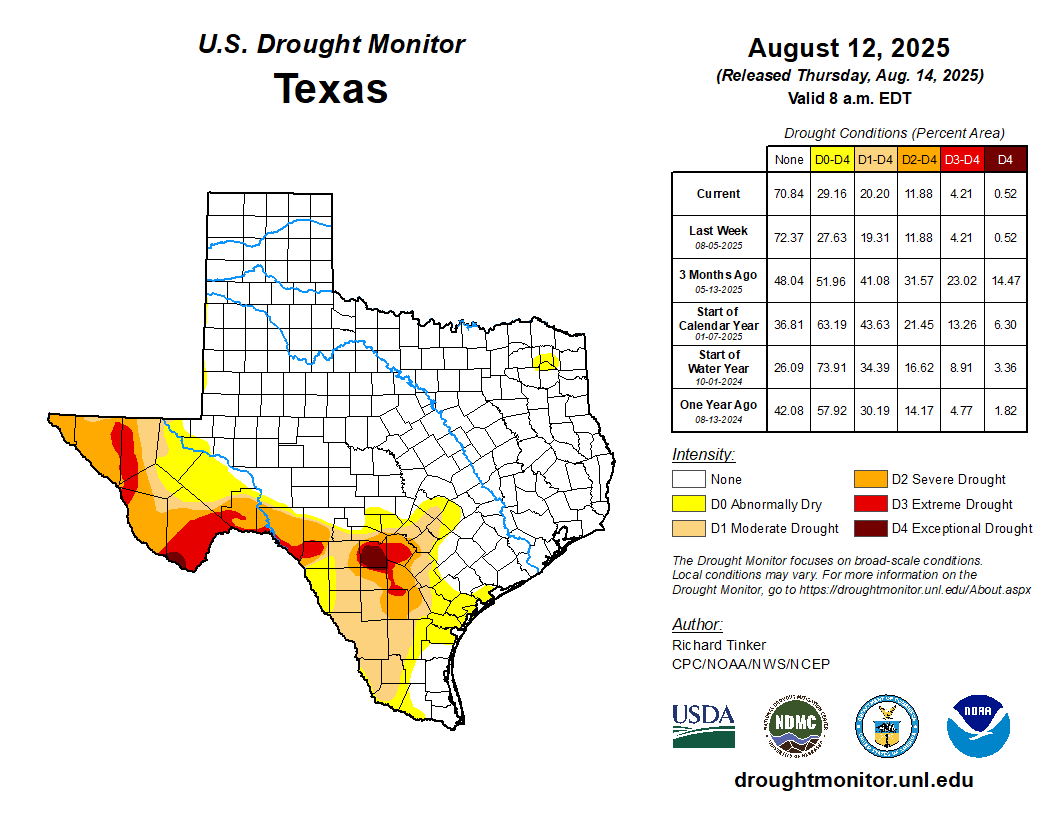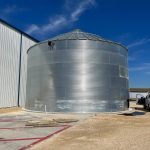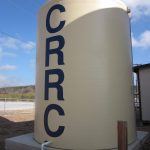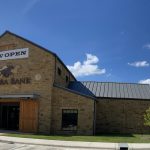The Current
Edition: November 2024
The Current is the monthly newsletter of Innovative Water Solutions where we highlight the great stuff happening at our company and also bring you up-to-date with some of the current water news that could affect you. We hope you enjoy the newsletter!
Table of Contents
- Blog Post of the Month: 38th Annual AIA Austin Home Tour
- FAQ Post of the Month: How do you plan for a drought with a rainwater system?
- Residential Project of the Month
- Commercial Project of the Month
- Water News Article #1: Texas’ growth at risk due to water shortages, urgent action needed
- Water News Article #2: A West Texas pecan farm fights to save its water supply as neighbors sell it to growing cities
- Water News Article #3: Texas A&M’s ‘The World Has a Drinking Problem’ course addresses water scarcity challenges
- “Water Conservation Tip”
- Current Texas Drought Conditions
- Current Texas Water Calendar
- Video: Water Scarcity Explained
- Winterization 2024
“The truth is: the natural world is changing. And we are totally dependent on that world. It provides our food, water and air. It is the most precious thing we have and we need to defend it.”
Blog Post of the Month
38th Annual AIA Austin Home Tour Features Rainwater Harvesting System
The 38th Annual AIA Austin Homes Tour is one of Austin’s premiere fall events. Held October 26-27, 2024, the self-guided tour showcases both new builds and newly renovated homes designed by [...]

Blog Post Title (linked)
Blog Post Date
Blog post excerpt. Click edit button to change this text. Lorem ipsum dolor sit amet, consectetur adipiscing elit. Ut elit tellus, luctus nec ullamcorper mattis, pulvinar dapibus leo.
FAQ Post of the Month
How Do You Plan for Drought with a Rainwater Harvesting System?
For those looking to reduce their usage of municipal water, or provide valuable water where the resources are lacking, rainwater harvesting stands out as a beacon of hope. Communities are offered [...]
Residential Project of the Month
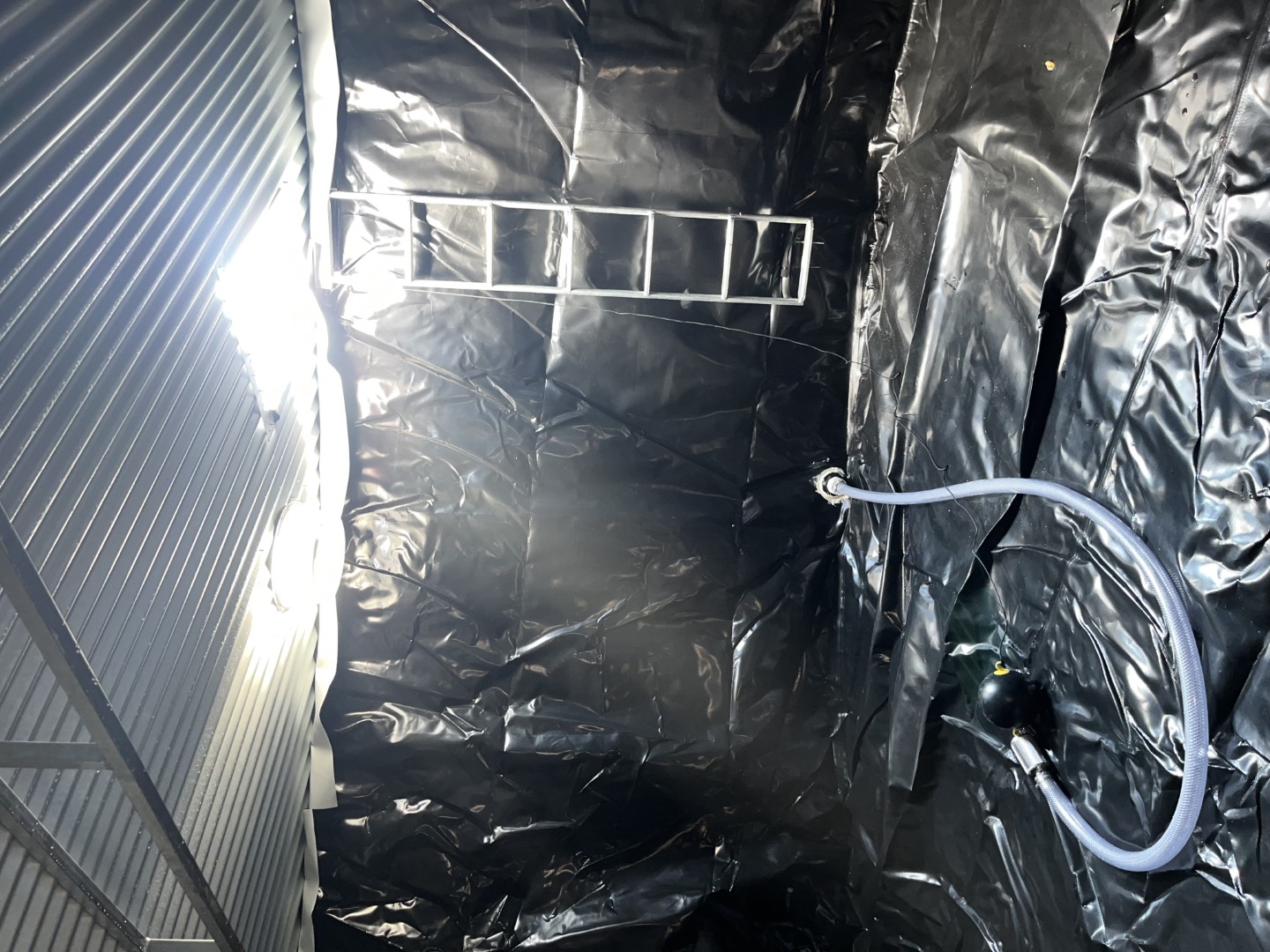
Take a peek inside the tank….
In a typical residential installation, rainwater is collected from the roof and directed through a series of pre-filtration systems to remove debris and contaminants. The water then flows into the tank, where it is safely stored. To ensure potable quality, the system often includes additional filtration, such as UV sterilization or carbon filters, before the water reaches household taps. Homeowners who choose this setup not only gain a sustainable water source but also benefit from the peace of mind that comes with having a backup supply during times of drought or water restrictions.
This liner is BPA-free and designed to maintain water quality, ensuring that the stored water remains safe and fresh for household use. The tank itself is engineered for longevity, with corrosion-resistant materials that can withstand Texas’ varied climate conditions, from scorching heat to heavy rains.
Commercial Project of the Month
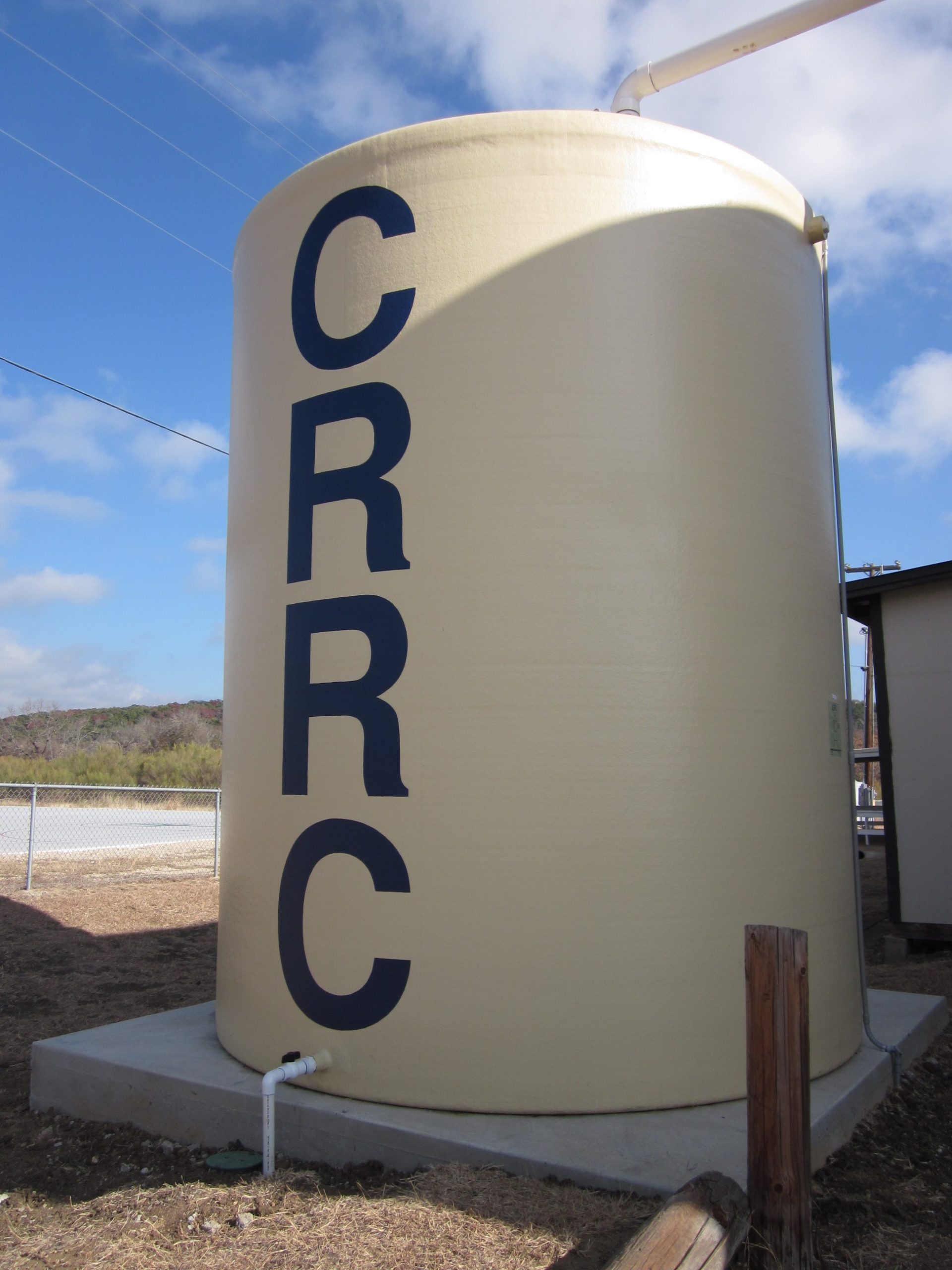
The Comal County Resource and Recreation Center (CRRC) of Canyon Lake, also known as the CRRC Rec Center, is a community hub that provides various services to support residents in the area. Located within the Hidden Valley Sports Park, the Rec Center offers a wide range of recreational activities and essential services. The CRRC’s offerings include a food pantry, crisis assistance, durable medical equipment lending, and wellness check-ups. Additionally, the Rec Center features a community garden, fitness classes, and hosts events for different age groups, providing a space for community members to engage and connect.
We are pleased to have installed and provide maintenance for their rainwater cistern used for irrigation purposes. The water collected is used to irrigate the baseball fields and surrounding areas.
Water News You Can Use
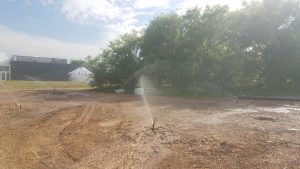
Texas’ growth at risk due to water shortages, urgent action needed
In Wimberley, boulders and deer bones bake in the heat where there was once a thriving creek. The lakes and rivers that once attracted Texans and enabled them to grow communities there are drying up, posing an active but underappreciated emergency that sets a limit on the “Texas Miracle,” state leaders say.
“Texas is out of water,” Texas Agriculture Commissioner Sid Miller told Nexstar on Tuesday. “We can’t grow, we can’t expand, we can’t have economic opportunity and jobs without water. We’ve reached our limit, there is no more. We’ve got to do some things different.”
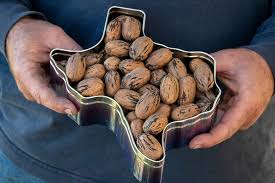
A West Texas pecan farm fights to save its water supply as neighbors sell it to growing cities
Zachary Swick plucked a pecan from one of the 78,000 trees at a sprawling West Texas farm — a rare sight in the desert known for oil rigs and pump jacks. He peeled away the pecan’s layers, leaving a stain on his hands that would be difficult to wash off.
One day, Swick said, there might not be any pecans left to peel.
Swick is the farm manager at Belding Farms, which has been owned for decades by the Cockrell family. Each year, the farm produces 5 million pounds of the iconic Texas nut.
The farm sits atop a reservoir of underground water used to produce the pecans since the 1960s. The farm shares the water with its neighbors. Under Texas law, all property owners have the right to use the water underneath their boots.

Texas A&M’s ‘The World Has a Drinking Problem’ course addresses water scarcity challenges
Water is fundamental to sustaining life, yet billions of people around the world struggle to access this vital resource.
To tackle this pressing issue, Douglas Kingman, Ph.D., an instructional professor in the Department of Biological and Agricultural Engineering, created a course for Texas A&M University students called “The World Has a Drinking Problem,” which dives deep into the complexities of global water challenges that touch every corner of the globe — including right here in Texas.
Originally designed in 2021 to satisfy both a science and cultural discourse credit, this class has exploded in popularity, drawing students from across campus to learn how water scarcity affects every person, not just those involved in agriculture and life sciences.
“This course is a great example of how the department is forging connections among its students and industry stakeholders in unique and innovative ways,” said Patricia Smith, Ph.D., head of the Department of Biological and Agricultural Engineering.
More to Explore
Water Conservation Tip
Hydro zoning: What is it?
Hydro zoning is a landscaping technique that groups plants according to their specific water needs, optimizing water use and promoting healthier plant growth. By placing plants with similar irrigation requirements together, homeowners and landscapers can create zones that receive the precise amount of water necessary for each type of plant, reducing overwatering and ensuring a sustainable landscape. This approach not only conserves water but also saves time and reduces maintenance costs.
How Hydro zoning Works
Hydro zoning typically divides a landscape into zones based on plant water needs, such as high, moderate, and low water use. For instance:
- High-water zones: might include plants like vegetables, annual flowers, and moisture-loving shrubs that require frequent watering. These zones are often located close to the home for easy access and to make the most of limited irrigation water.
- Moderate-water zones: might contain perennials, grasses, and shrubs that need occasional watering but can withstand some dry periods.
- Low-water zones: are typically planted with drought-tolerant species such as succulents or native plants that thrive in local climates with minimal supplemental watering.
Benefits of Hydro zoning
- Water Conservation: By ensuring that only plants with a high demand for water are consistently watered, while drought-resistant plants receive minimal watering, this method reduces overall water usage.
- Lower Maintenance and Costs: Hydro zoning can simplify irrigation schedules and reduce maintenance needs, lowering water bills and labor costs associated with landscaping.
- Enhanced Plant Health: Matching plants with similar water needs prevents the risk of overwatering or underwatering, creating a more balanced ecosystem. This also helps prevent diseases that can be caused by improper watering, such as root rot in plants that prefer dry soil.
- Improved Aesthetic: A well-planned hydro zoned landscape can offer a lush, varied look without overusing water resources, creating an attractive and sustainable design.
Implementing Hydro zoning in a Home Landscape Homeowners can create hydro zones by selecting plants based on local climate and soil conditions. Starting with a layout of the landscape, they should consider sun exposure, slope, and drainage to group plants effectively. Using a drip irrigation system for each zone further enhances water efficiency, as it delivers water directly to the root zones with minimal evaporation.
Overall, hydro zoning is a practical approach to sustainable landscaping that helps reduce water use while maintaining a healthy and visually appealing garden.
Texas Drought Monitor
SOURCE: National Drought Mitigation Center (NDMC), the U.S. Department of Agriculture (USDA) and the National Oceanic and Atmospheric Association (NOAA).
Texas Water Calendar
Video: Water Scarcity Explained
Winterization Tips
Even though Texas does not receive much freezing weather, it is a good policy to make sure you winterize your system.
If you are not already signed up for our mailing list, please send an email to [email protected] to receive an email blast with tips for winterization for Winter 2024-2025
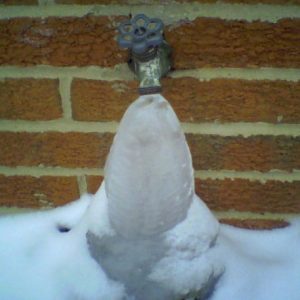
Social Media and More
Not a subscriber to our monthly newsletter? Why not? Join the fun below…
Thirsty for more? See our previous month’s newsletters below.




